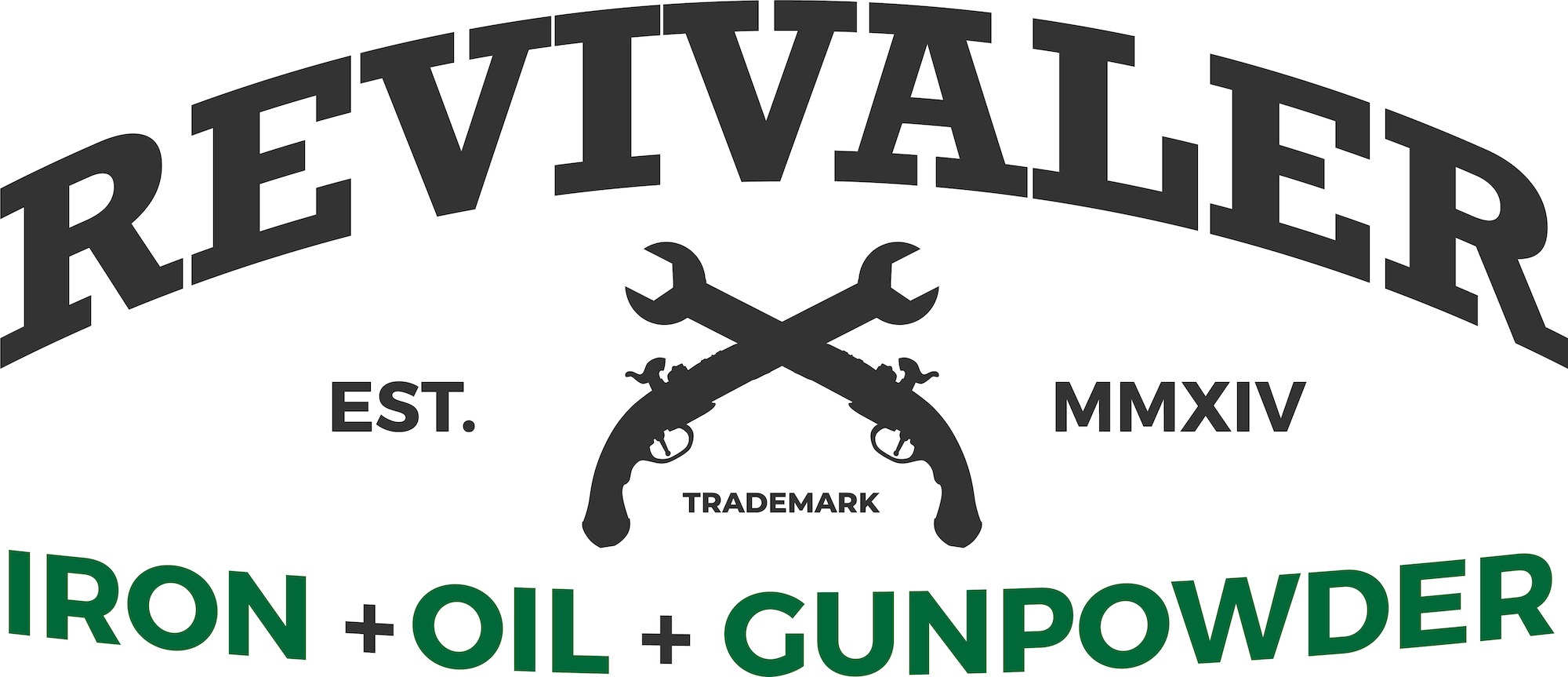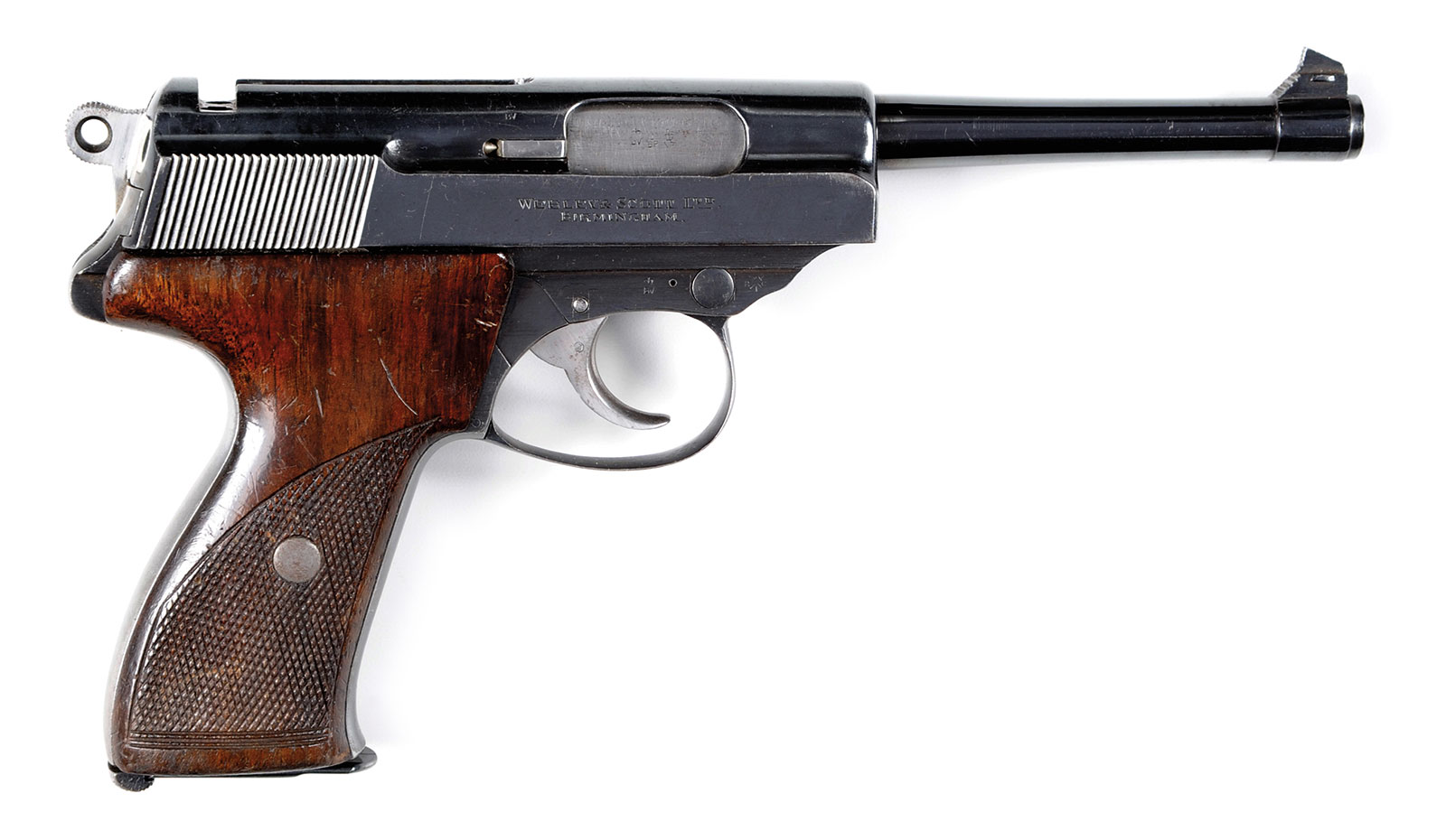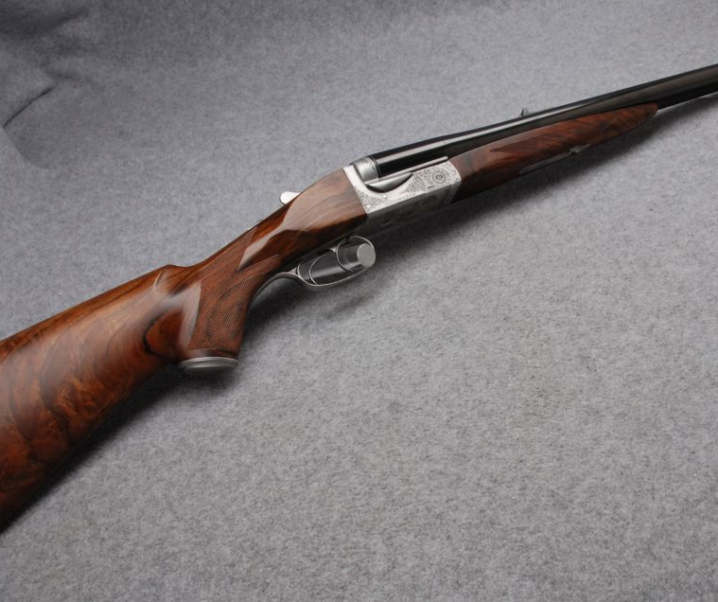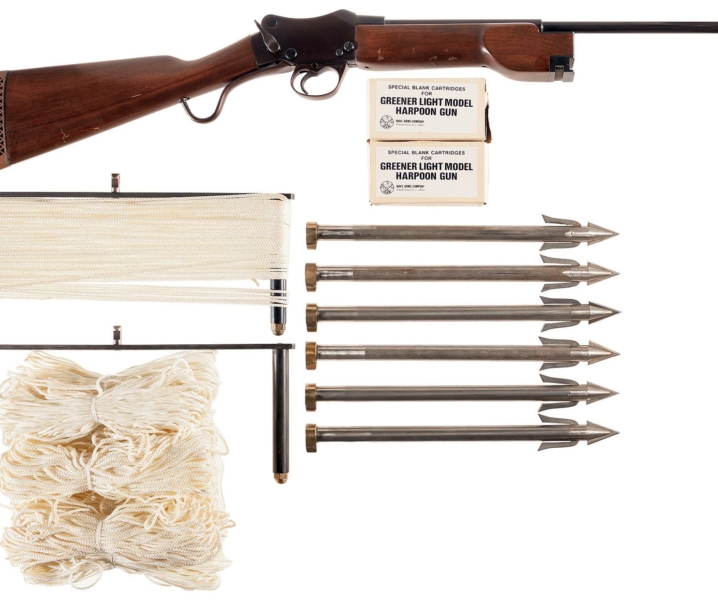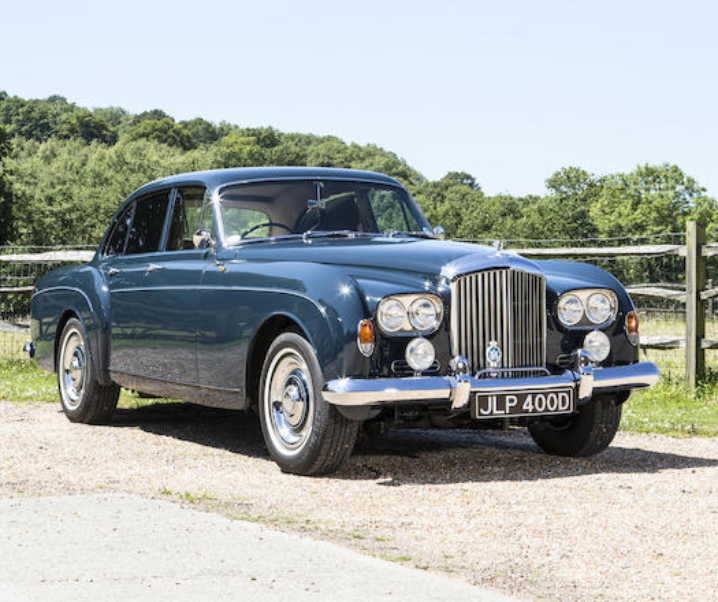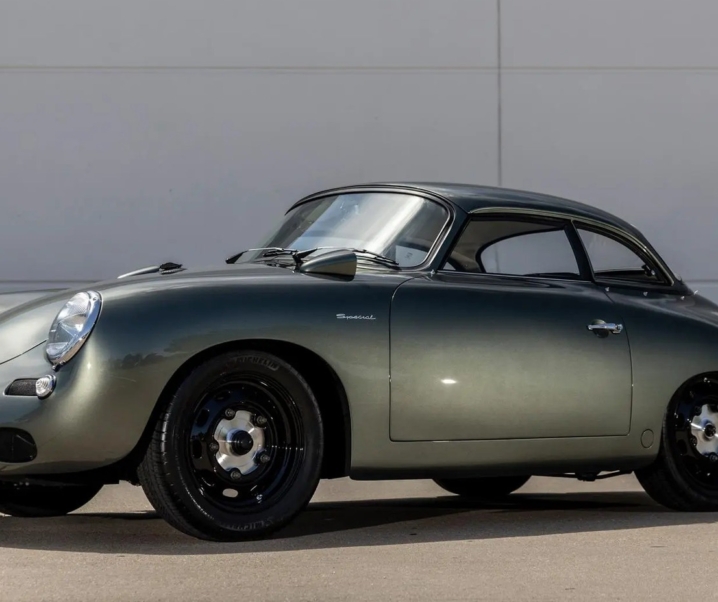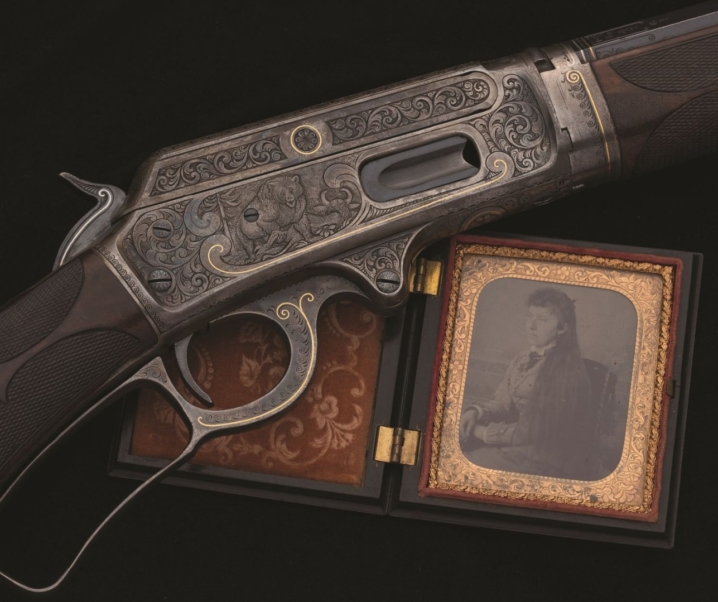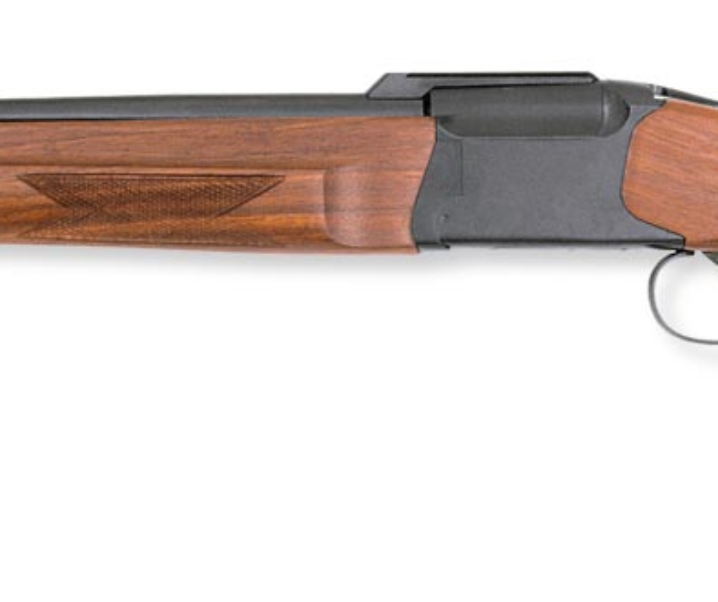The Webley Jurek automatic pistol represents Webley & Scott’s last effort to create a handgun with a view to it being accepted by the British Military. The design was done by Dr. Marian Jurek during the 1950’s but did not gain military acceptance.
Fast Facts
- Webley became world famous as makers of the revolvers carried by most British military officers over much of the time of the British Empire.
- Webley made efforts to create automatic pistols around the turn of the nineteenth and twentieth centuries using designs by William Whiting.
- In the 1950’s the British military decided they should make their old faithful revolvers obsolete and migrate to automatic pistols. This was partly motivated by the need to modernize but also to enable the British military to adopt NATO standards.
- Webley & Scott decided to try to create a suitable automatic pistol in an endeavor to secure a government contract to make pistols and to this end commissioned Dr. Marian Jurek to create a suitable pistol.
- This effort turned out to be unsuccessful and so less than a handful of the Webley Jurek prototype pistols were made.
Dr. Marian Karol Jurek was born in 1904 in what was at that time Galacia, and later Poland. He was keen on firearms and designed his first pistol in 1919 at the tender age of about fifteen years old, and became involved in competition shooting.
After completing his PhD Dr. Jurek became head of an ammunition plant in Poland. Suffice to say his knowledge and expertise in all things firearms was at a high level.
Jurek, like many in Poland, could see that the German Nazi invasion of Poland was imminent, and so he joined the Polish Army and was relocated to Britain as Poland sought to preserve as many of its military personnel as possible: this would include many of its pilots who would join Britain’s RAF and fight the Battle of Britain.
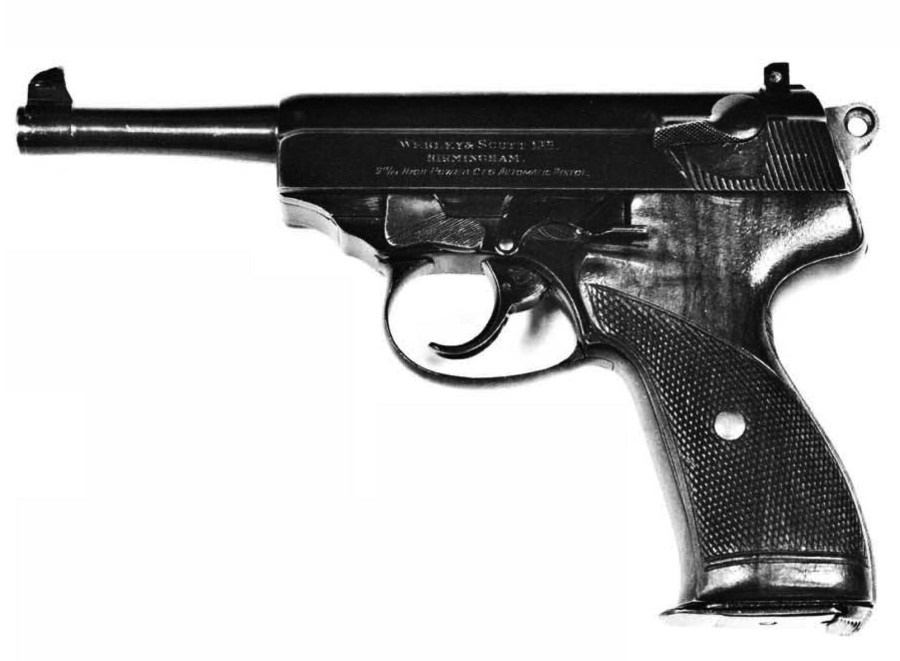
Jurek was demobilized in 1949 and decided to remain in Britain. His reasons for this are easy to understand. The German Nazi invasion of Poland began in September 1939, and the Soviet Union did the same. This caused Britain and France to declare war on Germany thus beginning the Second World War.
At the end of the war in 1945, despite the invasion of Poland having been the cause of the beginning of the Second World War, Poland was effectively “thrown under the bus” – i.e. placed under the rule of Stalin’s Communist Soviet Union: a condition the nation would have to endure until October 27, 1991, when Poland was set free from the communists and became an independent democratic nation.
So Dr. Jurek had stayed in Britain and took up residence in Birmingham – the home of British gunmaker Webley & Scott – where he gained employment as a firearms designer.
This is where the story of the last Webley & Scott automatic pistol began.
Webley had enjoyed a long and illustrious career as a maker of side-arms for the British military, and the military and police of Britain’s empire and later Commonwealth. Webley’s top-break revolvers became the iconic British handgun.
Webley had made their first forays into creating self-loading “automatic” pistols as the world moved from the nineteenth to the twentieth centuries. These pistols being based on the designs of William Whiting.
The full size military Webley automatic pistol is epitomized in the 1913 Mark 1 British Navy pistol. These handguns are often described as being “ugly” and criticized for what some feel is an awkward appearance. But hold one in your hand and the story is rather different – The Mark 1 Navy pistol is instinctive to aim/point and has the feel of a very solid piece of ordnance.
But in the wake of the Second World War the British military, being a part of NATO, phased out their old faithful Webley and Enfield revolvers and were planning to replace them with the Browning Hi Power automatic pistol chambered for the NATO 9x19mm (9mm Parabellum) cartridge.
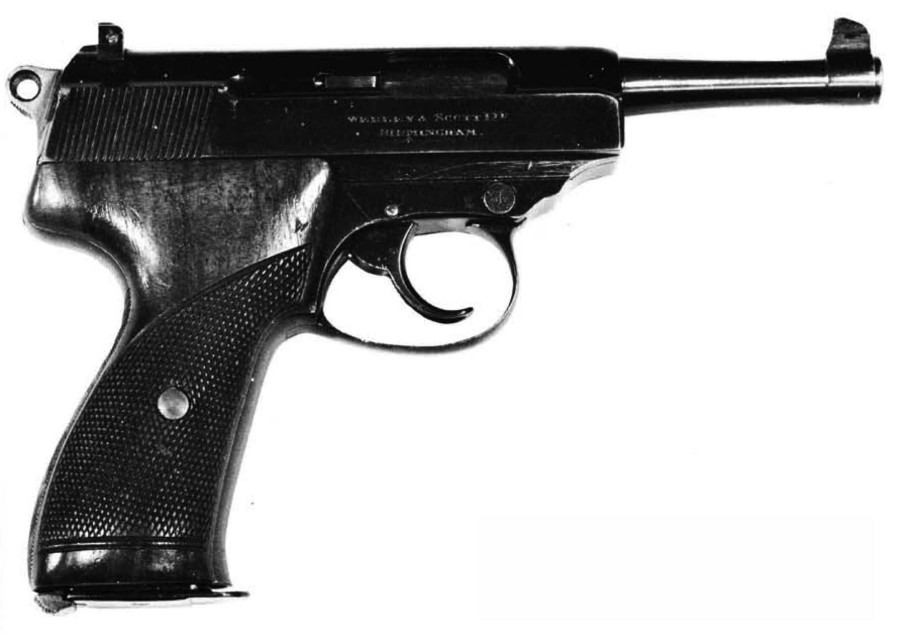
Webley decided that they needed to present a new automatic pistol to the British military to try to once more become the major supplier of handguns for Britain and her Commonwealth forces: and so Dr. Jurek was asked to create a Webley automatic pistol that would prove to be more attractive to the military than the Browning Hi Power.
At this stage in its history Webley & Scott appear not to have had the technical staff or extensive resources to devote to such a project and it was in that rather restrictive environment that Dr. Jurek – made his prototype models and test pistols himself using the Webley & Scott Tool Room.
In order to create his pistol design Dr. Jurek had to navigate the various patents that protected existing designs, so his work was perhaps somewhat hampered by that necessity. Nonetheless Dr. Jurek appears to have had great respect for the Walther P38 and the pistol he created for Webley bears certain similarities to that battle tested and proven design.
The Walther P38 acquired a reputation for reliability. I’m told that a saying among German officers was “If you want to impress people take your Luger, but if there might be shooting take the Walther P38”.
The pistol he created was very similar to the Walther P38 in appearance and shared some technical features. The pistol had a half length slide with dual recoil springs, the first prototype, which was made in mild steel as a functional model, featured a single locking lug on the top of the barrel and this locked into a corresponding lug recess in the slide. The recoil operation was very similar to the Browning design but actuated by a long sliding cradle under the barrel which dropped the locking lug out of engagement after the slide had moved rearwards to the required extent to ensure a drop in breech pressure and safe opening of the action. This long sliding cradle provided consistent support under the barrel and an accurate return of the barrel to its locked firing position which was intended to improve accuracy over the Browning toggle design.
Later versions of the pistol had two, and finally three locking surfaces.
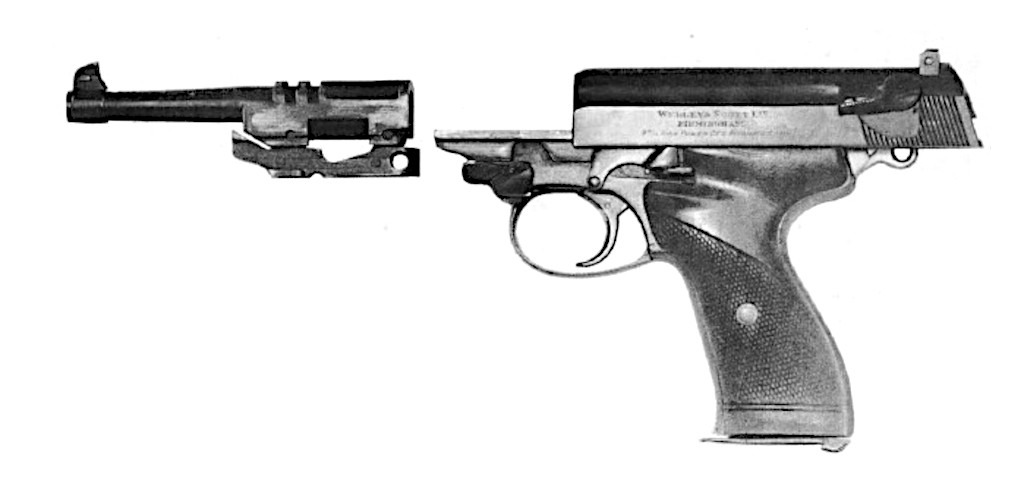
Dr. Jurek decided not to locate the mainspring in the more common position in the grip back-strap but instead used a tightly wound spring in the body of the hammer itself. This had the advantage of allowing the grip to be made more slim – like that of a revolver – and thus more comfortable for men with smaller hands. The disadvantage created by this arrangement was that the double-action trigger pull for the Jurek pistol was around 32lb, far too heavy for most shooters to use comfortably.
Work continued with the creation of a shooting prototype in 1953 and firing tests in the 40 yard Webley & Scott firing range which was located at the top of the factory in Weaman Street, Birmingham.
The pistol was designed around the British military 9mm Mk.2Z cartridge which had been a post-war standard used in pistols and sub-machine guns. This ammunition was made by the Royal Ordnance Factory Radford Green during the 1950’s and was a powerful version of the 9mm NATO.
This cartridge drove a 115 grain projectile at a velocity of 1,300 fps measured 60 feet (20 yards) from the muzzle. Chamber pressure was rated between 26,000-28,000 psi. Suffice to say the increase to 3 locking lugs had been necessary to reliably handle ammunition of this type.
That original test pistol had a barrel length of 6 inches and a distinct overhang at the rear. This was submitted to the British military for assessment (not formal trial) and based on the military’s recommendations a second test pistol was created with the rear overhang reduced and the barrel shortened to 4.85 inches (123 mm). This next prototype incorporated a magazine safety as the assessors had requested. Its weight was 33.5 oz (empty).
Magazine capacity was eight rounds in a single-stack, and the pistol had a loaded chamber indicator.
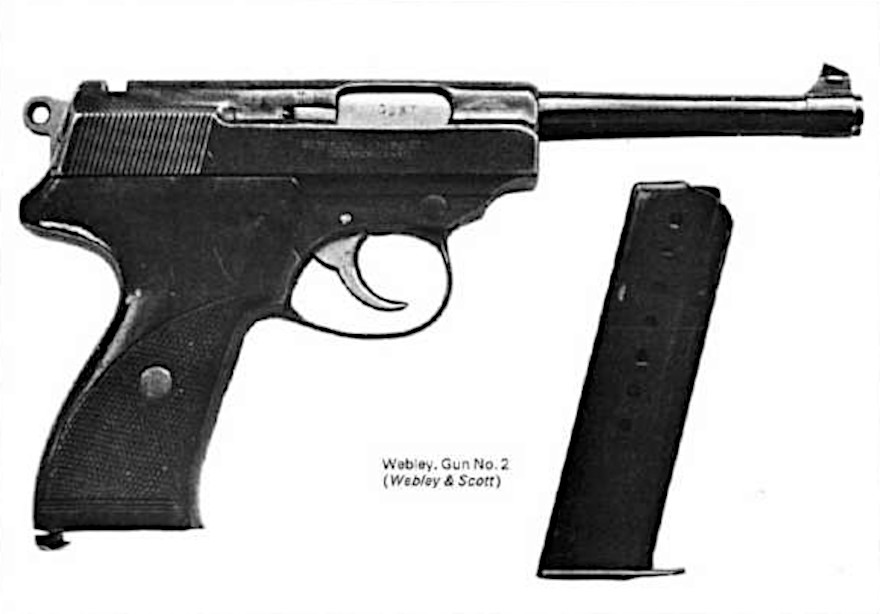
The Webley Jurek presented with improvements over the P38 and with some potential advantages over the FN Browning Hi Power. It’s exposed barrel allowed for better cooling than the fully enclosed barrel of the Browning, something that can be significant in military use. I knew an ex-serviceman years ago who had experienced a “cook-off” with a Browning Hi Power during military training. The pistol was in his holster at the time and when the pistol cooked-off the bullet went through his lower right leg shattering the bones on its journey. He said it wasn’t a particularly nice experience.
Dr. Jurek’s design was certainly a best effort done with limited resources. Jurek was a life-long competitive pistol shooter and he understood pistol accuracy. His design of the Webley pistol was influenced by this whereas the Browning Hi Power were made with military durability and reliability foremost in the designer’s mind.
After submitting a couple of prototypes for informal assessment by the British military and gauging their responses Webley decided to throw in the towel and abandon their efforts at a military pistol. Similarly they decided not to create a civilian version either: the sheer cost of such a project, and the increasingly restrictive legislative environment in Britain served to make further efforts unlikely to succeed.
Dr. Jurek left Webley & Scott after a six year stint and set up his own business repairing guns. He is well known for his target pistol designs and also for target rifles. He passed away in Birmingham in 1982.
Picture Credits: Feature image at the head of this post courtesy Morphy Auctions. Others as individually credited.
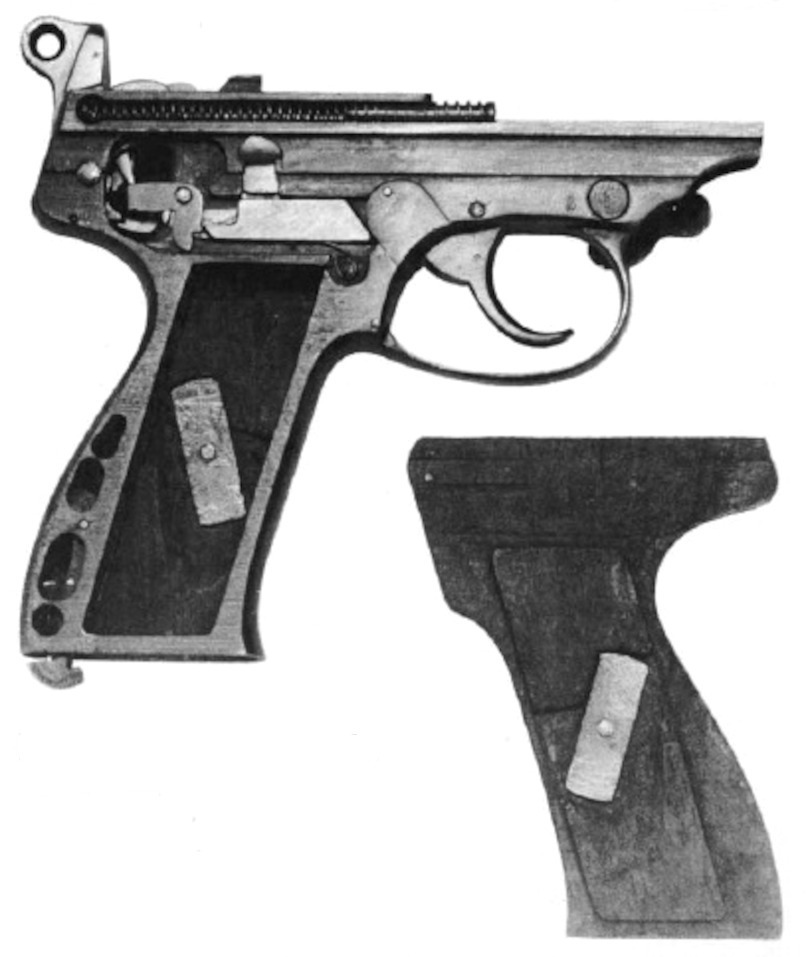
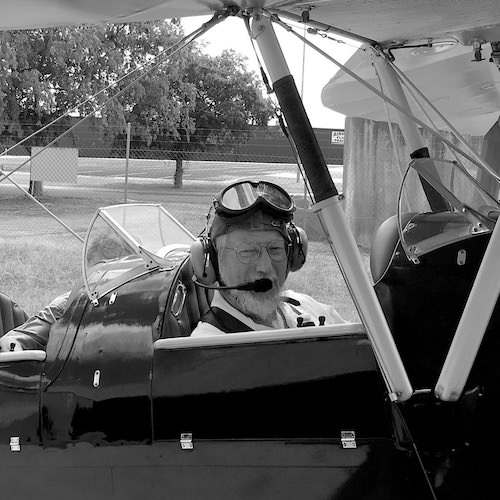
Jon Branch is the founder and senior editor of Revivaler and has written a significant number of articles for various publications including official Buying Guides for eBay, classic car articles for Hagerty, magazine articles for both the Australian Shooters Journal and the Australian Shooter, and he’s a long time contributor to Silodrome.
Jon has done radio, television, magazine and newspaper interviews on various issues, and has traveled extensively, having lived in Britain, Australia, China and Hong Kong. His travels have taken him to Indonesia, Israel, Italy, Japan and a number of other countries. He has studied the Japanese sword arts and has a long history of involvement in the shooting sports, which has included authoring submissions to government on various firearms related issues and assisting in the design and establishment of shooting ranges.
